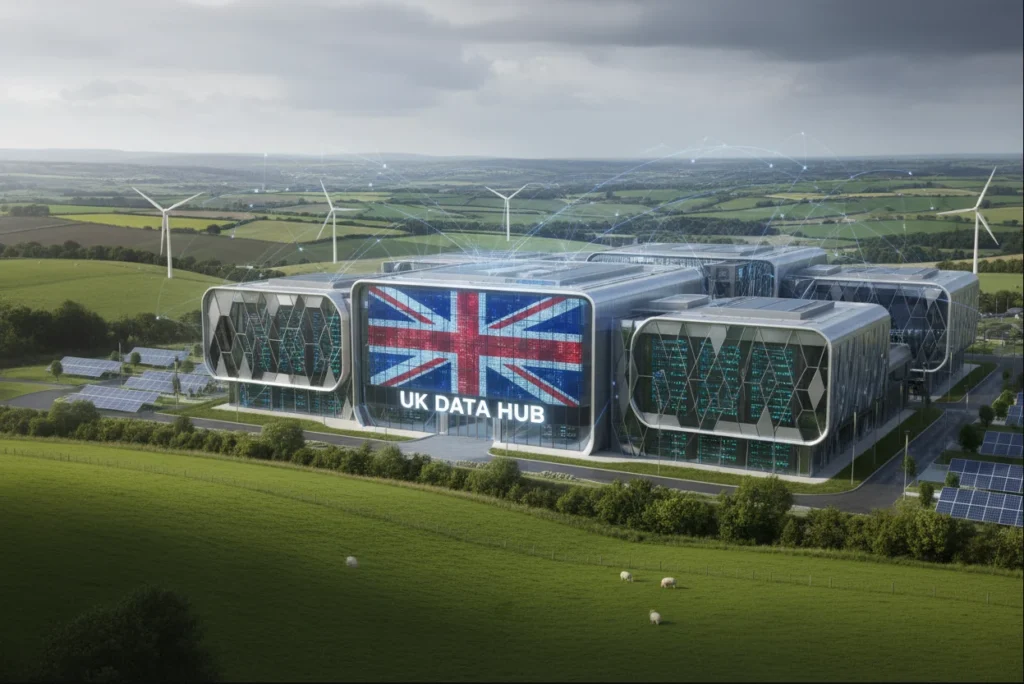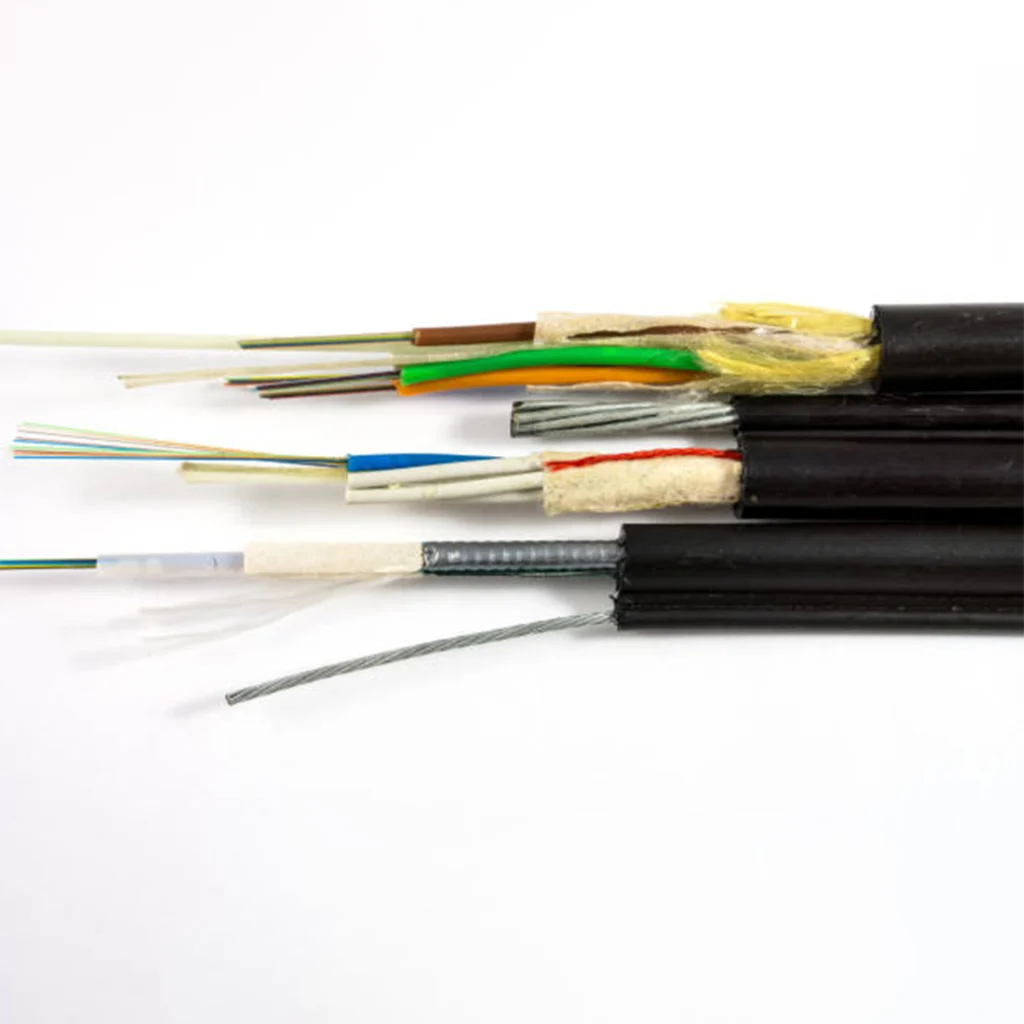Blog
- Building A, Republic International Business Plaza, No. 3699 Gonghexin Road, Jing'an District, Shanghai
- +86-21-59175887
- market@soctfiber.com
- 86-17321363317
- 86-13341796231
The UK’s AI Ambitions Face a Fiber Optic Bottleneck: 80% of Data Center Projects Delayed
As the UK government pushes forward its national AI development strategy, a serious structural contradiction in its fiber optic infrastructure is emerging. On one hand, outdated backbone networks are failing to meet the high demands of AI data centers — with 82% of operators facing project delays. On the other hand, the broadband access market has become overly competitive, experiencing its first-ever user decline, highlighting a growing supply-demand imbalance.

Aging Backbone Networks Restrict AI Growth
According to a joint survey by Neos Networks and Censuswide, 82% of data center operators in the UK have had to postpone construction or expansion due to fiber availability issues. Meanwhile, 89% of local governments have confirmed that their infrastructure projects are being hindered by a lack of adequate fiber connectivity.
This highlights a deep structural issue: while the “last mile” fiber networks for consumers have been overbuilt, the “middle mile” backbone networks — which are essential for connecting data centers — lag far behind.
Lee Myall, CEO of Neos Networks, emphasized that although land, energy, and water are often discussed as potential constraints on data center development, digital infrastructure is too often taken for granted. Nearly half of local government stakeholders and businesses surveyed believe that the UK’s fiber network is not fully ready to support AI-driven data centers.
“The UK’s fiber backbone is around 20–25 years old,” Myall explained. “It was designed decades ago for early internet use, streaming, and the first wave of cloud services — not for today’s AI workloads that demand ultra-low latency, high bandwidth, and resilience.”
As data centers increasingly relocate toward transport and energy hubs (50%) and rural areas (47%), they are moving away from urban clusters with abundant network resources. Myall noted that “connectivity is now more likely to become a longer delivery factor than before — with only energy supply taking more time than fiber connections.”
Broadband Market Sees First-Ever Decline
In sharp contrast to the lag in backbone network development, the UK’s fixed broadband market is facing an unprecedented downturn. According to New Street Research, the number of fixed broadband users in the UK is expected to drop by around 250,000 in 2025, marking the first decline in history.
This decline stems from several factors, including the rise of fixed wireless access and satellite services, as well as a shift in consumer behavior — many households are abandoning dedicated broadband subscriptions in favor of mobile network sharing.
New Street’s report states:
“We believe this trend is becoming increasingly common among short-term households such as university students, though it remains difficult to track in detail.”
Research firm Rethink predicts that within the next decade, many young people in the UK may never subscribe to fixed broadband, relying entirely on mobile data and Wi-Fi hotspots. Data from Point Topic shows a net loss of 14,000 broadband users in Q2 2025, indicating that the market has reached full saturation.

Overbuilding Fiber, Yet Low Adoption Rates
The UK broadband market is dominated by BT Openreach and Virgin Media O2, but it also includes a large number of “alternative network” providers such as CityFibre, Community Fibre, Hyperoptic, and Netomnia.
Supported by the government’s Gigabit Project, these alternative providers have accelerated their fiber rollout in recent years. However, Linda Hardesty, Chief Analyst of Communications Technology at Fierce Network Research, noted:
“Unfortunately, alternative networks have been almost too enthusiastic, leading to significant overbuilding. Many are now struggling to transition from construction to sustainable operation.”
New Street Research estimates that by the end of 2025, UK fiber networks will cover 86% of premises — with Openreach accounting for about 67%, Virgin Media O2 for 16%, and alternative networks collectively covering 45%.
However, only 35% of UK broadband customers are actually using fiber-to-the-home (FTTH) services, far below the global average of 72%, according to Point Topic.
Hardesty added:
“The challenge is that fiber broadband adoption has consistently fallen short of expectations. There’s almost too much competition — to the point where not all providers can survive.”
A Structural Dilemma Hindering the UK’s AI Vision
This imbalance — a lack of backbone infrastructure and an oversupply of access networks — is now holding back the UK’s AI ambitions.
According to Neos, geographical diversification represents a major economic opportunity for the UK. With the right fiber infrastructure, the country could become a global hub for AI data and value flows. However, the report warns that investment is urgently needed to upgrade aging landing stations connecting the UK to the rest of the world.
Myall pointed out that one of the biggest challenges in building backbone fiber infrastructure is obtaining permissions to cross private land. To address this, Neos has launched Project Reach, which installs fiber along key railway networks — serving both transportation routes and acting as a digital backbone for data centers.
Despite growing concerns that the AI industry may be entering a bubble, Neos remains optimistic. Myall concluded:
“AI’s capabilities will only continue to expand, becoming deeply embedded in every application we use. But the UK must resolve its structural fiber challenges if it wants to remain competitive in the AI era.”
Upgrading the backbone network and integrating the access market effectively will be crucial for determining whether the UK can realize its AI ambitions.










